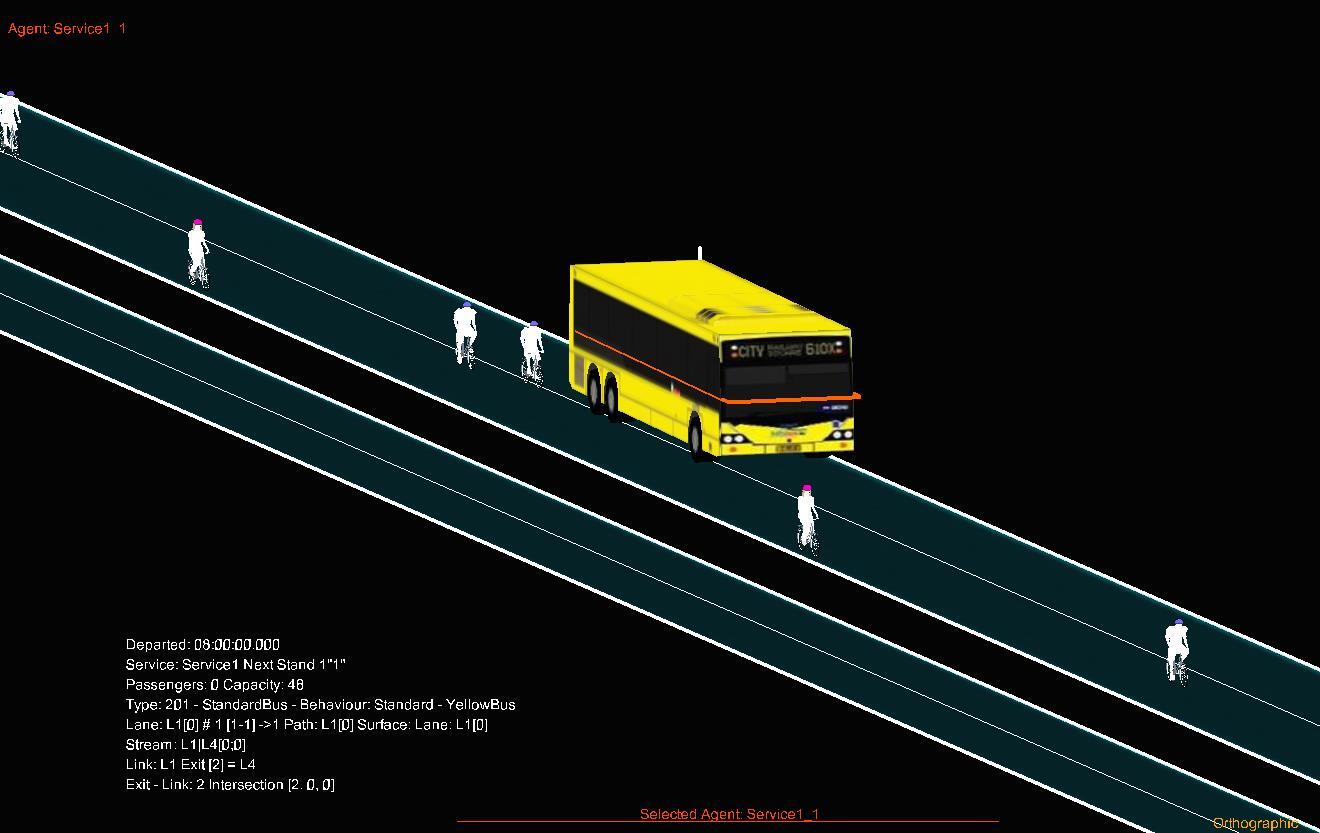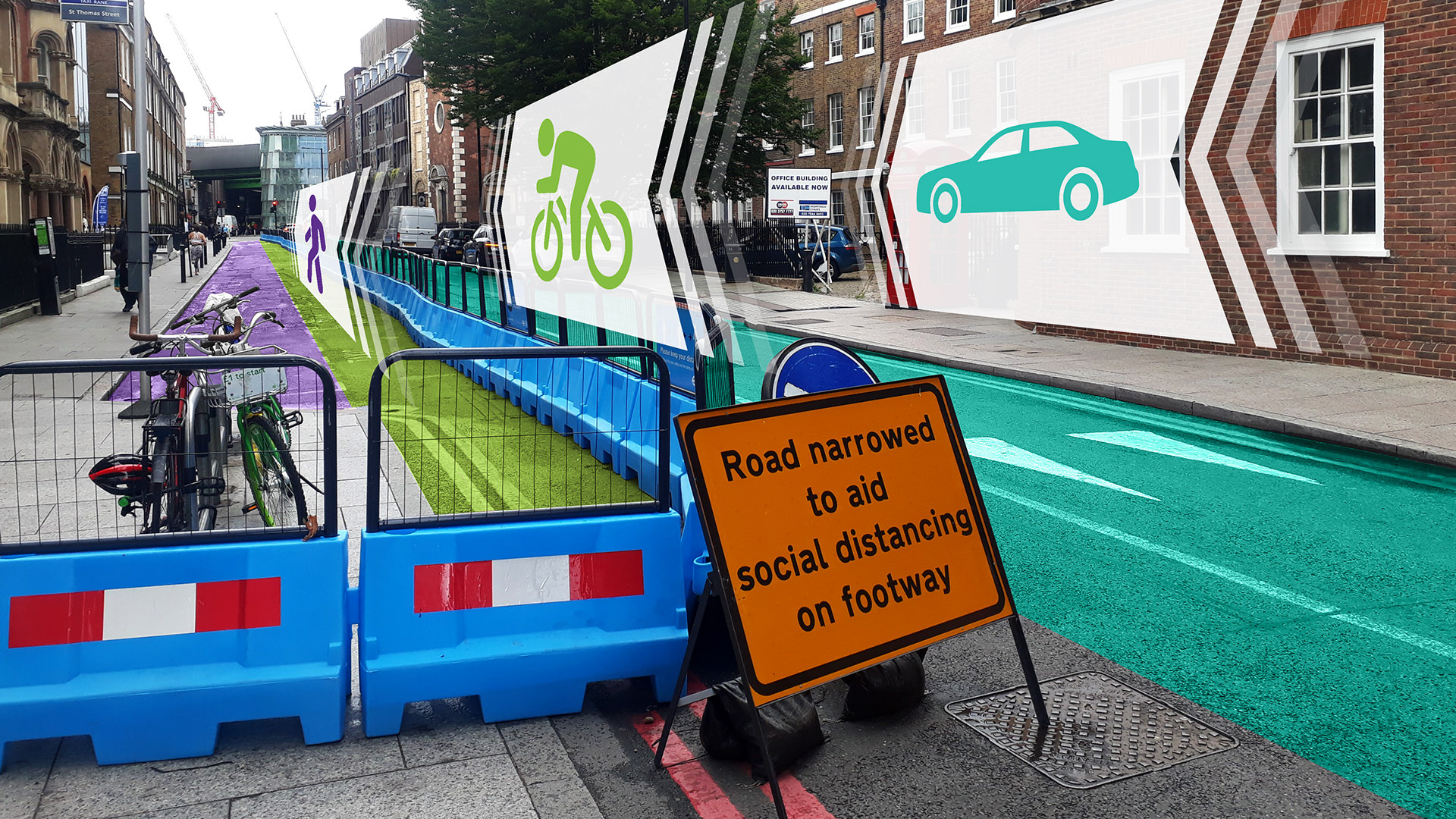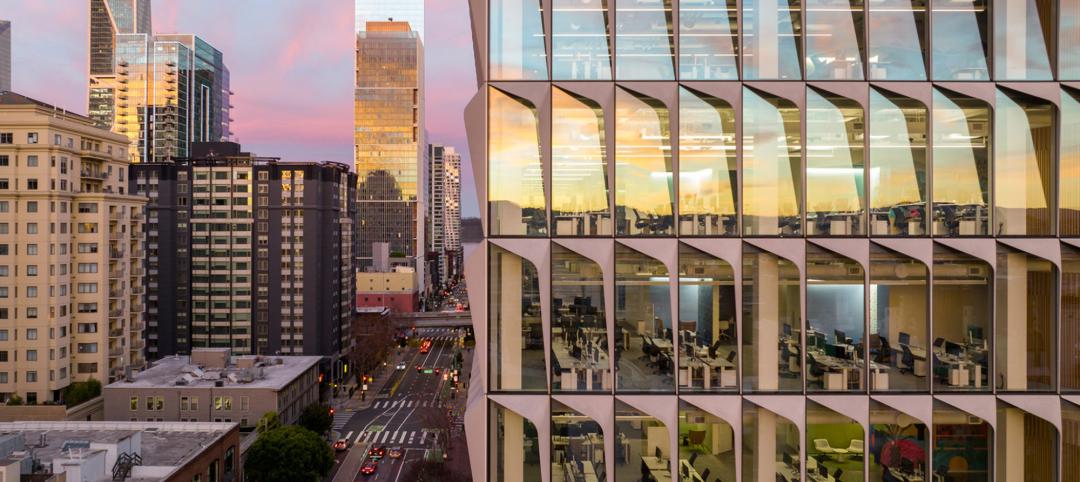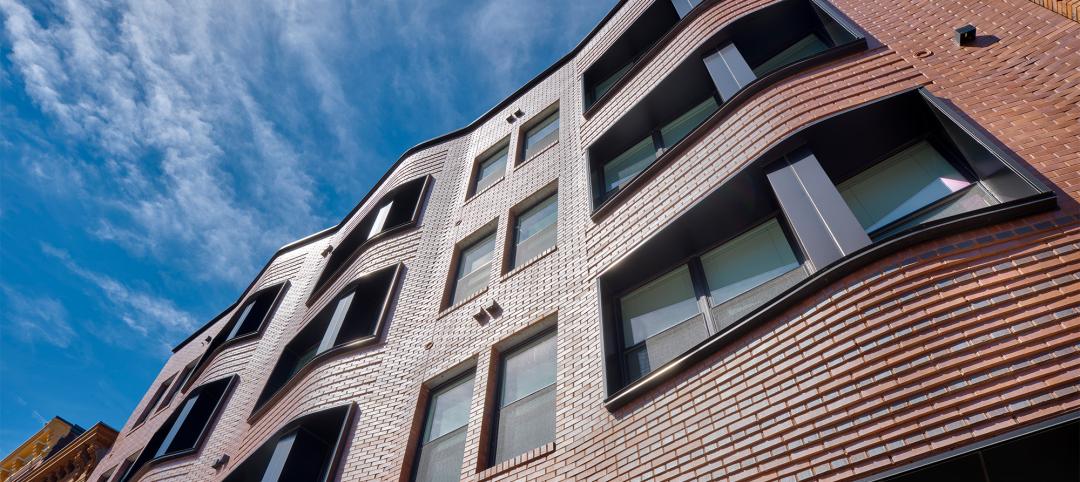Since early 2020, Americans have been forced to sequester themselves in their homes with outdoor activities, in most cases, being the sole respite for social distancing. And many of people are going back to the basics with a quintessential outdoor activity: biking.
Bike sales absolutely skyrocketed during the pandemic, growing by 69% in 2020. The U.S. weekly average ridership increased by 20% year over year and increased 110% on trails. In fact, nine percent of Americans say they rode a bike for the first time in over a year specifically because of the pandemic. However, while this sudden jump is remarkable, interest in cycling isn’t necessarily a new phenomenon.
A packed peloton: The (steady) rise of the bicycle
Between 2000 and 2013, bicycle commuting rates across the U.S. jumped by 62%. This trend has not been lost on Departments of Transportation either – California for example dedicates $220 million each year for infrastructure projects specifically to improve bike safety, and Federal Highway Administration continually supports funding and innovation for Safe Transportation for Every Pedestrian (STEP).
Now, there’s support for cycling at the federal level. Improving road safety for cyclists is a key part of President Biden’s Infrastructure Investment and Jobs Act, which includes a $5 billion “Safe Streets for All program” to make American streets safer for cyclists and pedestrians and help reduce crashes and fatalities.
Together, growing bike ridership and federal funding mean there will be mounting pressure to increase safety for everyone on the roads.
Safer roads benefit everyone
Multiple studies have shown that putting bike safety at the forefront of infrastructure design and construction behooves us all. A 2019 study showed that cities with higher rates of cycling are both safer for cyclists and have fewer life-threatening or fatal crashes for motorists and pedestrians. The theory is simple: if you build infrastructure focused on bicycle safety, you create a safer shared environment for everyone involved.
However, in the U.S. cyclists have historically been accommodated rather than prioritized in infrastructure, with measures like implementing “sharrows” (bicycle signs painted on the road) or adjusting traffic management systems. Every year, a comprehensive ranking of the “most bicycle-friendly cities on the planet” is released called the The Copenhagenize Index – arguably the most reliable and thorough list of its kind. Unfortunately, the last time a U.S. city was named to the coveted list was 2011.
The progress of other global cities shows the opportunity the U.S. has to meet this increase in bike participation in stride – and make everyone on the roads safer in the process.
Infrastructure and design: shifting from “accommodation” to “facilitation”
For transportation infrastructure, it’s time to adjust our mindset from “accommodation” to “facilitation.” Here are a few ways infrastructure teams, whether city or state, can do just that:
- Dedicated bike lanes: Tremendously more substantial than “sharrows,” dedicated bike lanes have proven to dramatically increase safety and peace of mind for motorists and cyclists alike. In some cases, they’ve resulted in 90% fewer injuries per mile compared to areas with no bike infrastructure (with 96% of people feeling safer just because of their existence).
- Bike bridges and people paths: While many bridges are built specifically for pedestrians and cyclists, retrofitting existing bridges to include bikeways provides a drastic improvement for cyclists. Anything new should plan to include “people paths” given that bridges are typically built to last more than 50 years.
- Protected intersections: A shining example of a society that has successfully engrained cycling into its culture, The Netherlands have taken dedicated bike lanes to the next level by creating fully protected intersections. With disproportionately high rates of collisions at intersections, the Netherlands have expanded physical dividers and installed raised bike lanes in intersections.
- Enhanced traffic calming measures: From speed humps to chicanes, traffic calming measures help to slow speeds and increase safety in more heavily trafficked areas.
- Bus turnouts: Cyclists are often permitted to share bus lanes with buses to separate themselves from other road vehicles. However, cycling alongside buses can be intimidating and dangerous, particularly when these large vehicles reach a stop. Bus turnouts – designated spots at the side of the road for buses to pull over – have been shown to reduce the risk of injury to cyclists.
- Bike storage: Whether people cycle for leisure or commuting, convenience is key. Providing quality end-of-trip facilities like bike storage can support long-term cycling habits. Evidence also suggests bike parking infrastructure can deliver five times higher retail spend than if the same area was used for car parking.
- The right material: The right road surface not only improves the comfort and safety of cycling, but helps to highlight cycle space to other road users. Asphalt concrete’s low friction and smooth surface have made it the surface of choice on Danish cycle tracks – whereas gravel and paving slabs can become uneven and potentially dangerous.
 Autodesk InfraWorks offers analysis tools to model and simulate how people, vehicles and cyclists travel within a network.
Autodesk InfraWorks offers analysis tools to model and simulate how people, vehicles and cyclists travel within a network.
Take it for a test ride: using VR and simulation to mitigate risk
The use of virtual reality, augmented reality and simulation in construction has become an invaluable tool that allows companies to try before they build. This is a monumental opportunity for taking the safety of cyclists, pedestrians and motorists into consideration when developing bike-friendly infrastructure.
Mobility simulators allow for multi-modal analysis – a way to simulate how traffic, pedestrians and cyclists would move and interact with each other in a given construction design. This not only saves incredible amounts of time for traffic analysts, but also allows analysts to optimize for effectiveness, cost and safety for everyone involved. In a situation where rework is not only costly but also potentially life threatening for motorists and cyclists, mitigating risk during the preconstruction phase is invaluable.
A new dawn of American cyclery
If at least one thing is for sure, we will continue to see an increase of bikes on our roads – whether it’s life-long bike commuters or hobbyists who recently purchased a bicycle to get outside during the pandemic.
It’s our duty within the design and construction community to be forward thinking about the way we build and create a safer environment for everyone involved. For our roads – this starts with shifting our mindset away from building to simply accommodate cyclists and towards building to encourage more bike riding. The question is: are we up for the challenge?
About the Author
Nick Ramondo is a Technical Specialist at Autodesk Construction Solutions, a construction productivity software company that helps the industry connect the office, trailer and field with intelligent project management tools built on a unified construction cloud platform. Prior to joining Autodesk in 2020, he spent seven years in the AEC industry as an engineer and project manager. Ramondo is a Licensed Professional Engineer and holds a Master of Architectural Engineering from the Pennsylvania State University. He lives in Philadelphia with his wife, Carolyn.
Related Stories
University Buildings | Jun 26, 2023
Addition by subtraction: The value of open space on higher education campuses
Creating a meaningful academic and student life experience on university and college campuses does not always mean adding a new building. A new or resurrected campus quad, recreational fields, gardens, and other greenspaces can tie a campus together, writes Sean Rosebrugh, AIA, LEED AP, HMC Architects' Higher Education Practice Leader.
Urban Planning | Jun 15, 2023
Arizona limits housing projects in Phoenix area over groundwater supply concerns
Arizona will no longer grant certifications for new residential developments in Phoenix, it’s largest city, due to concerns over groundwater supply. The announcement indicates that the Phoenix area, currently the nation’s fastest-growing region in terms of population growth, will not be able to sustain its rapid growth because of limited freshwater resources.
Mixed-Use | Jun 6, 2023
Public-private partnerships crucial to central business district revitalization
Central Business Districts are under pressure to keep themselves relevant as they face competition from new, vibrant mixed-use neighborhoods emerging across the world’s largest cities.
Urban Planning | Jun 2, 2023
Designing a pedestrian-focused city in downtown Phoenix
What makes a city walkable? Shepley Bulfinch's Omar Bailey, AIA, LEED AP, NOMA, believes pedestrian focused cities benefit most when they're not only easy to navigate, but also create spaces where people can live, work, and play.
Urban Planning | May 25, 2023
4 considerations for increasing biodiversity in construction projects
As climate change is linked with biodiversity depletion, fostering biodiverse landscapes during construction can create benefits beyond the immediate surroundings of the project.
Urban Planning | Apr 17, 2023
The future of the 20-minute city
Gensler's Stacey Olson breaks down the pros and cons of the "20-minute city," from equity concerns to data-driven design.
Urban Planning | Apr 12, 2023
Watch: Trends in urban design for 2023, with James Corner Field Operations
Isabel Castilla, a Principal Designer with the landscape architecture firm James Corner Field Operations, discusses recent changes in clients' priorities about urban design, with a focus on her firm's recent projects.
Sustainability | Apr 10, 2023
4 ways designers can help chief heat officers reduce climate change risks
Eric Corey Freed, Director of Sustainability, CannonDesign, shares how established designers and recently-emerged chief heat officers (CHO) can collaborate on solutions for alleviating climate change risks.
Urban Planning | Mar 16, 2023
Three interconnected solutions for 'saving' urban centers
Gensler Co-CEO Andy Cohen explores how the global pandemic affected city life, and gives three solutions for revitalizing these urban centers.
Affordable Housing | Mar 8, 2023
7 affordable housing developments built near historic districts, community ties
While some new multifamily developments strive for modernity, others choose to retain historic aesthetics.

















